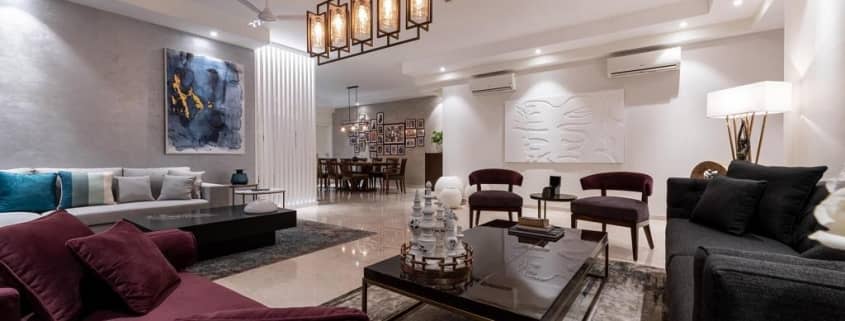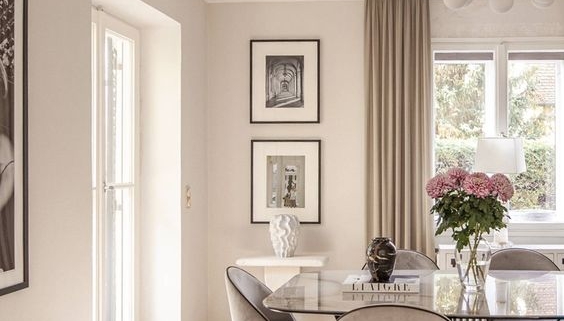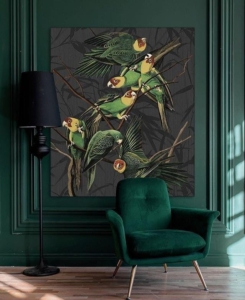Elevate Your Home’s Beauty and Value with an Interior Designer
Are you looking to transform your living space into a beautiful and more valuable oasis? Look no further than the expert guidance of an interior designer. Interior design is not just about aesthetics; it’s a powerful tool that can enhance the worth of your home while making it a visually stunning and functional place to live. In this blog, we’ll explore how interior designers work their magic to make your space not only beautiful but also more valuable.
1. Tailored Aesthetics:
Interior designers have a keen eye for aesthetics. They can blend colours, patterns, and textures to create a harmonious and visually pleasing atmosphere in your home. From selecting the right paint colour to choosing the perfect furniture pieces, they curate every element to fit your taste and lifestyle.
2. Space Optimization:
A professional designer understands the importance of space utilization. They can reconfigure your layout to maximize the functionality of your rooms. This not only improves your day-to-day living but also adds value to your property. Potential buyers or renters are often willing to pay more for a well-designed, efficiently used space.
3. Quality Materials:
Interior designers have access to a vast network of suppliers and resources. They can source high-quality materials and furnishings at competitive prices, ensuring that your investment adds long-term value to your home.
4. Time and Cost Efficiency:
A common misconception is that hiring an interior designer is expensive. However, these professionals can save you both time and money. They avoid costly mistakes, helping you stay within your budget. Moreover, their industry connections often grant access to exclusive discounts on materials and products.
5. Enhanced Resale Value:
The changes made by an interior designer can significantly increase the resale value of your home. When potential buyers see a well-designed space, they are more likely to be willing to pay a premium for a property that’s move-in ready and visually appealing.
6. Personalized to Your Lifestyle:
Interior designers take the time to understand your preferences and lifestyle. They craft designs that are not just beautiful but also practical for your unique needs. This personalization adds a layer of comfort and functionality that potential buyers or renters will appreciate.
7. Staying Up-to-Date:
Design trends evolve with time and interior designers are well-versed in these trends and can help you choose styles that are both timeless and current. This ensures that your space remains desirable for years to come.
In conclusion, investing in an interior designer can be a game-changer for your home. Not only will they make your living space more beautiful and functional, but they can also significantly increase its market value. So, if you’re looking to elevate your home’s appeal and worth, consider bringing in the expertise of an interior designer to transform your living space into a masterpiece that stands the test of time.



 When to Use Maximalism:
When to Use Maximalism: